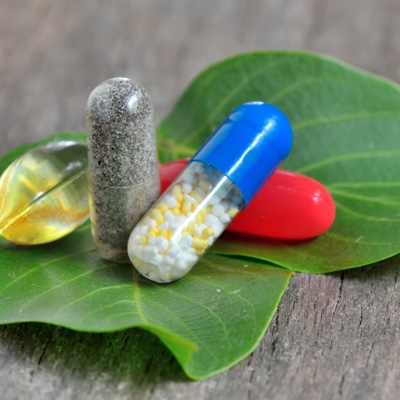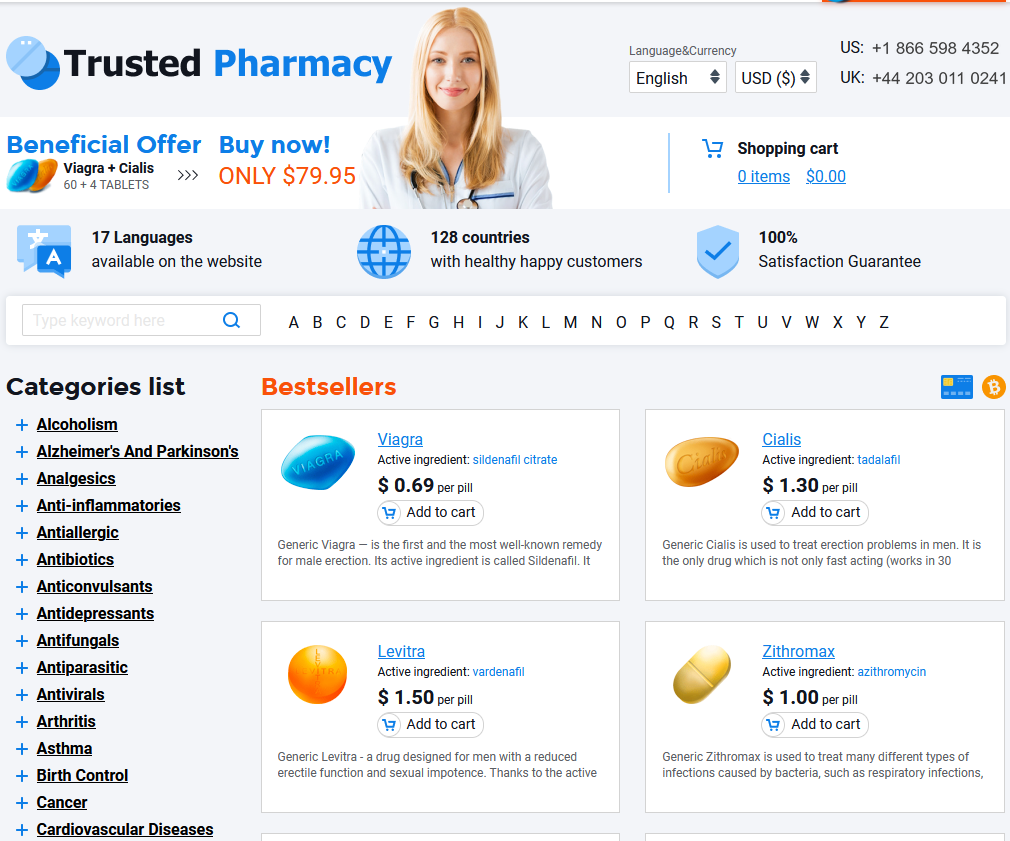To Visit Online Pharmacy Click HERE ↓
Retin-a Purge: What Is It and How Long?
Understanding the Retin-a Purge Phenomenon
Starting a Retin-A regimen can feel both exciting and intimidating, especially when you learn about the so-called “purge.” The initial reaction some people experience is often misunderstood and can be alarming if you’re not prepared.
This purge isn’t your skin reacting negatively; rather, it’s a temporary response as Retin-A dramatically speeds up cell turnover. In this phase, underlying congestion and dormant blemishes are brought to the surface all at once, making breakouts seem more intense.
Understanding this physiological process is essential for setting realistic expectations. Knowing what’s happening beneath the surface reassures users that the journey, though bumpy at first, is leading to clearer skin.
| Phase | Duration | Key Characteristics |
|---|---|---|
| Initial Purge | 2-6 weeks | Increased breakouts, flakiness |
| Adjustment Period | Weeks 6-12 | Gradual improvement, decreased irritation |
| Clearer Skin | After 3 months | Smoother texture, fewer blemishes |
What Actually Happens to Your Skin during Purge

When you start using retin-a, your skin begins to accelerate its cell turnover, bringing new cells to the surface much faster than normal. This rapid renewal pushes out clogged pores and trapped impurities, which can temporarily cause a flare-up of acne, redness, and flaky patches. Under the surface, inflammation and bacterial buildup that may have been dormant are suddenly prompted to reveal themselves.
While this process might feel discouraging, it’s actually your skin adapting to a new era of renewal. As these impurities rise and clear out, your complexion is preparing for the long-term benefits of retin-a—smoother texture, improved tone, and a noticeable boost in clarity. The key is patience, as your skin renews itself from deep within.
Common Signs You’re Experiencing a Purge
Imagine noticing a sudden crop of breakouts just when you started feeling hopeful about your retin-a journey. Small pimples, whiteheads, or even blackheads may emerge in areas where you typically break out. The skin can feel oilier or unusually sensitive, perhaps tingling or mildly irritated.
These telltale symptoms are confusing, often leading you to wonder if things are getting worse instead of better. Yet, such changes actually signal your skin is speeding up cell turnover—ushering hidden congestion to the surface.
For some, mild redness, flakiness, or peeling will also accompany these breakouts. The intensity can vary, but these temporary issues are often expected stages as retin-a gets to work. If new spots appear in usual problem zones, it’s likely just the purge, not a negative reaction.
How Long the Retin-a Purge Typically Lasts

When starting retin-a, many people brace themselves for the so-called “purge”—and one of the biggest questions is how long it will stick around. The answer isn’t one-size-fits-all: for most, the purge phase lasts anywhere from two to eight weeks, depending on factors like skin type, previous product use, and the strength of prescription. Some notice flaking, redness, or breakouts tapering off in just a month, while others may deal with these side effects for a little longer.
Throughout this phase, consistency truly pays off—your skin is acclimating to rapid cell turnover and clearing away clogged pores. If the discomfort lingers beyond the typical time frame or worsens, it may be worth consulting a dermatologist. Remember, the purge is temporary, but the benefits of retin-a can be long-lasting with patience and gentle care.
Differentiating between Purging and Skin Reactions
When you first introduce retin-a into your routine, it’s natural to wonder whether your skin’s response is part of the expected “purge” or an actual negative reaction. The purging process is essentially accelerated cell turnover, which temporarily brings underlying impurities to the surface. During a purge, breakouts often appear in areas where you usually get acne, and these blemishes typically clear faster than regular pimples.
In contrast, true skin reactions—like irritation or allergies—often present differently. These may include redness, persistent itching, painful swelling, and dry patches, and they tend to crop up in new areas or linger beyond the usual adjustment period. Being able to tell the difference is crucial to avoid needlessly abandoning retin-a or worsening your symptoms.
| Purging | Skin Reaction |
|---|---|
| Breakouts in usual areas | Redness, swelling, itching |
| Usually short-lived (weeks) | Can persist or worsen over time |
Keep a close eye on your skin’s progress and consult a dermatologist when in doubt.
Tips to Survive and Soothe the Purge Period
The Retin-A purge can feel like an unwelcome storm, but there are practical ways to weather it with grace. Begin by introducing the retinoid into your routine gently—using it every third night, then gradually increasing frequency as your skin adjusts. Pair this with a fragrance-free, barrier-repair moisturizer to minimize dryness and irritation. Avoid harsh exfoliants, scrubs, or other active ingredients like AHAs and BHAs, as these can amplify sensitivity.
Patience truly becomes your best friend during this period. Focus on sun protection by applying a broad-spectrum SPF every morning, since retinoids increase photosensitivity. If your skin feels especially sore or flaky, consider using a hydrating mask once a week and simplifying your regimen to just cleanser, moisturizer, and sunscreen.
Finally, listen closely to your skin’s cues. If you develop persistent redness, swelling, or discomfort, pause and consult a dermatologist for guidance. Remember, the purge is temporary. Staying gentle and consistent with your approach not only helps soothe the journey but also sets the foundation for healthier, clearer skin ahead.



Pharmacy Hours
Mon - Fri: 09:00 am - 5:00 pm
Sat-Sun: CLOSED
After hours give us a call and we will arrange delivery for you.

